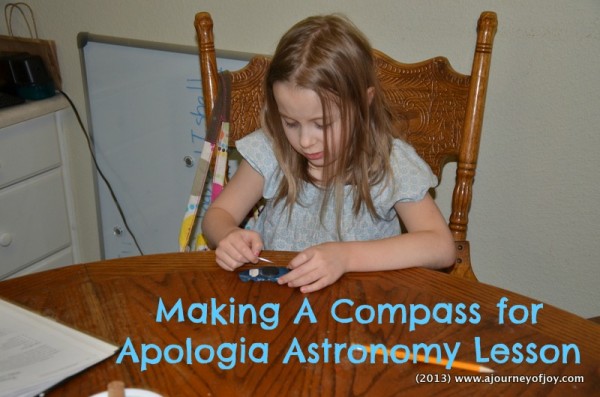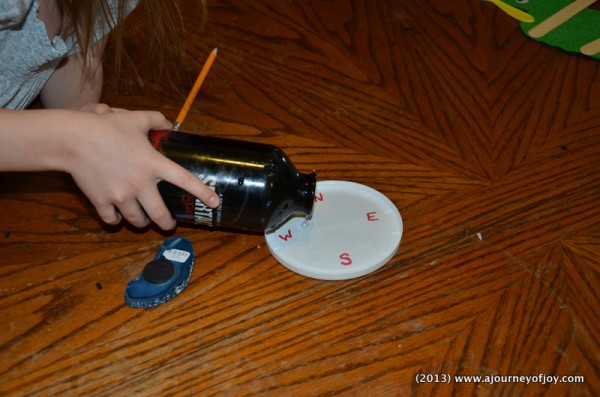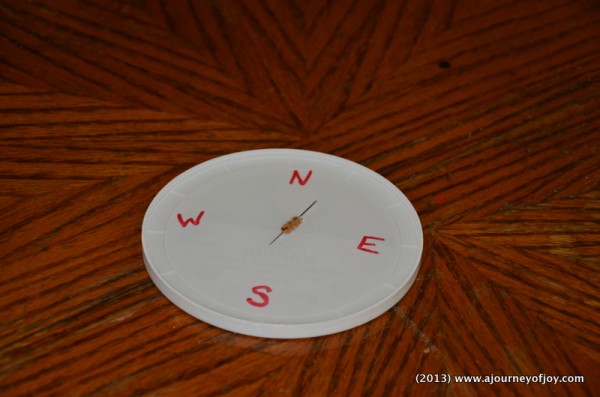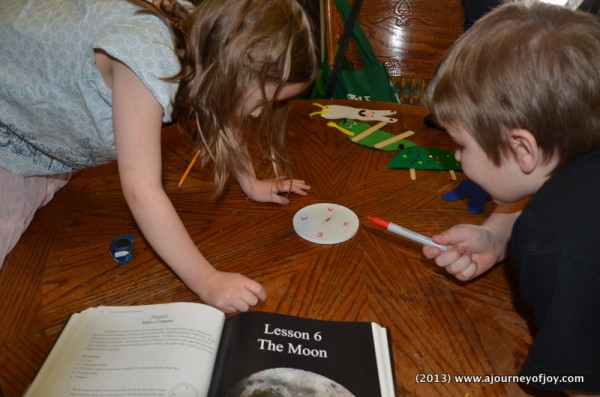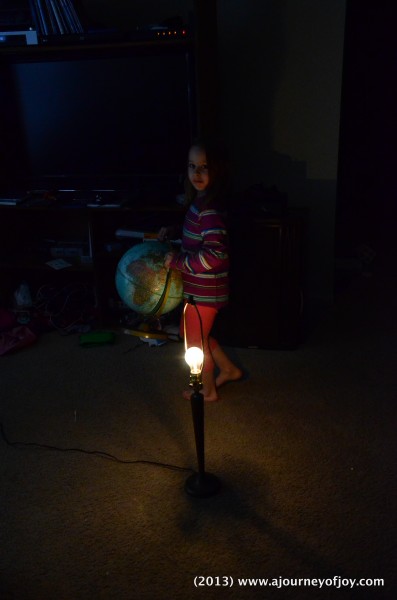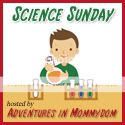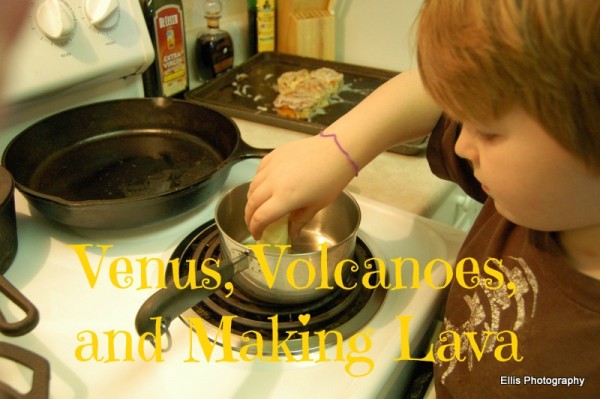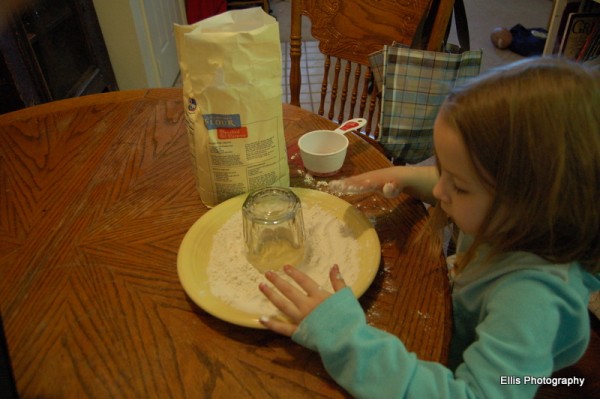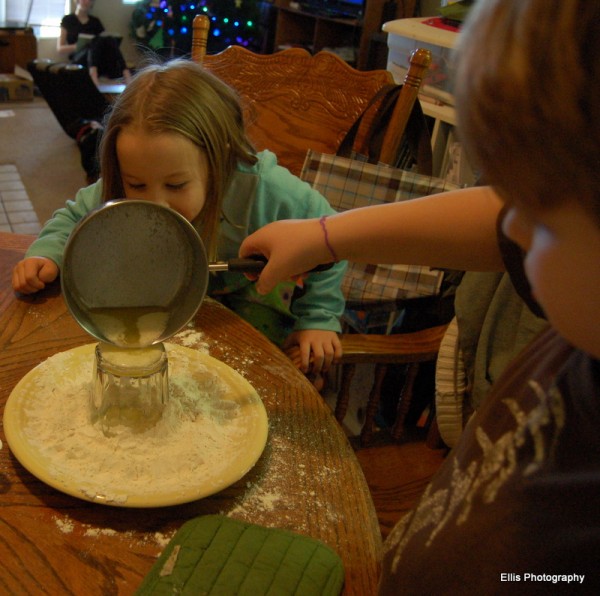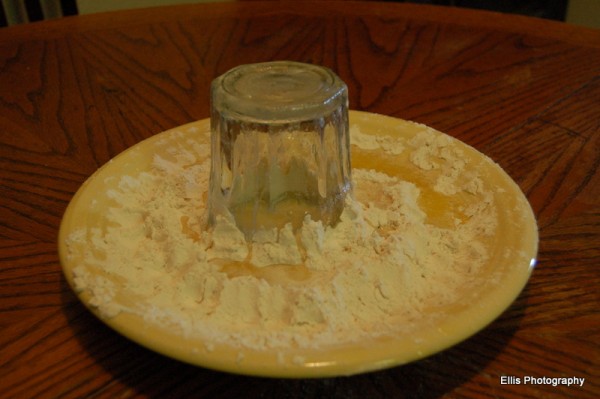I am excited about this months books for Moms of Master Books review. That’s right, I said books! We received the two newest books from The Answers Book for Kids by Ken Ham and Bodie Hodge.

If your kids are like mine, then they tend to ask a lot of questions. It is just their way, they are always curious. Sometimes it can be hard to answer questions when you just don’t know how to explain it to them. Especially for me, when it comes to asking questions about the Bible and Creation. It can be hard to explain to young children, to where they can understand. This is where Ken Ham and Bodie Hodges come in at. They have this great series of books called, The Answers Book for Kids that helps you answer those questions that are asked by kids. Yes, these books are actual questions that kids have asked. I can’t wait to tell you about Volume 5 and Volume 6.
The Answers Book for Kids are wonderful! They are small hardback books, with the dimensions of 6×6 inches. They are very bright and colorful and just the right size for small hands to hold. There are 48 pages for each book with 20-22 questions, per book. The pages of the book are very sturdy and are very easy to clean, for when those curious and sticky hands want to look through the book.
The Answers Book for Kids, Volume 5, answers 20 questions from kids about Space and Astronomy. In this book, Ken Ham and Bodie Hodges will answer questions that kids have asked about Space and Astronomy and answer them, by finding the answers from the bible. What I think I love the most, is they give scripture that you can look up to see where they got the answer from. Here are just a few examples of the questions that were asked by kids:
- How big is our galaxy?
- What is the purpose of stars?
- How hot are the sun and other stars?
- Will the sun ever run out or blow up?
The Answers Book for Kids, Volume 6, answers 22 questions from kids on Babel and the Ice Age. Here are some of the questions that are answered in this book:
- How big was the Tower of Babel?
- In what time period was the Tower of Babel built?
- What is the Ice Age?
- How does an ice age happen?
I love the formats of those books and love how Ken Ham and Bodie Hodges, takes the time time answer these questions that are asked by kids. They use scripture to answer the questions and then explain it to kids, in a way that they can understand.
If you have a curious child, who is constantly asking questions, these books are just for them. I know my children have thoroughly enjoyed reading them. When my kids found out that there were 4 more books in this series, they asked if I could order them!
These books are $7.99 each on the New Leaf Publishing Group website, or you could even buy the ebook for $5.99.
What questions have your kids recently asked you, that have had you stumped or you just didn’t know how to explain the answer to them?




